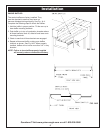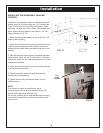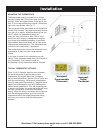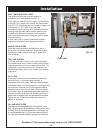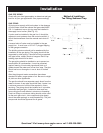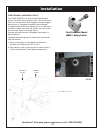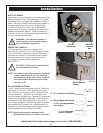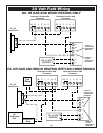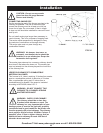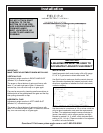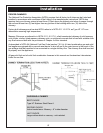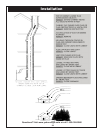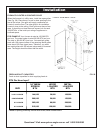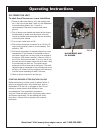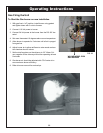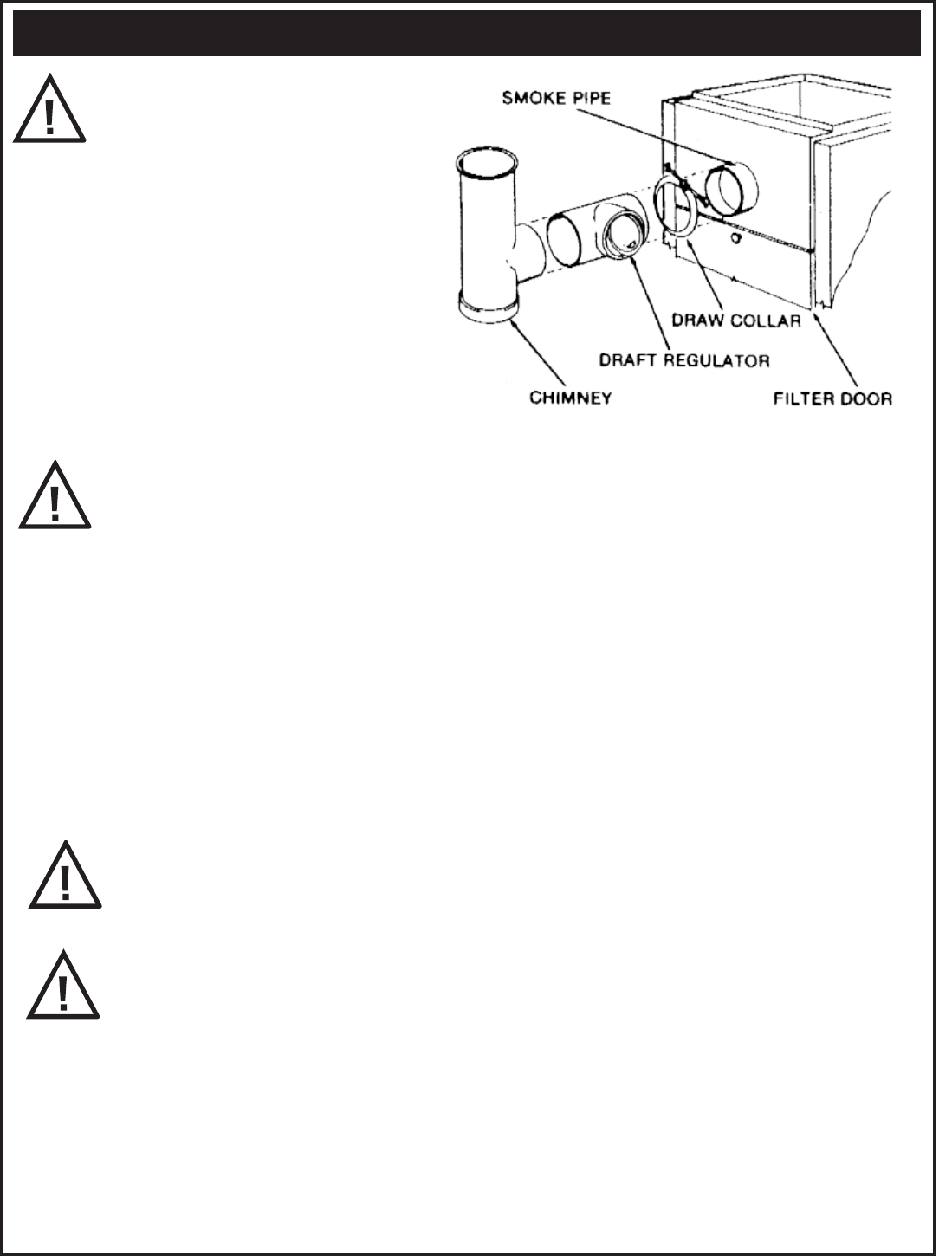
25
FIG. 24
CAUTION: Do not use any smoke
pipes less than 24 gauge between
furnace and chimney.
WARNING: No damper, heat saver, or
automatic vent damper device should be
installed in or on smoke pipe. Except the
barometric draft regulator.
The smoke pipe entrance into a masonry chimney should
be at least 2 feet above the clean out. The smoke pipe
must not extend into the chimney beyond the inner face
of the chimney liner.
LESSER CLEARANCES TO COMBUSTIBLE
MATERIALS ALLOWED
This furnace is UL Listed, requiring 18 inches from smoke
pipe to a combustible surface. A reduction of 9 inches
from a combustible ceiling and 12 inches from a
combustible wall is allowed if the space is insulated
according to NFPA 90B, table 6-5.1.2.
WARNING: DO NOT CONNECT THIS
FURNACE TO A CHIMNEY SERVING
ANOTHER APPLIANCE
WARNING: CHECK YOUR CHIMNEY.
The chimney should be no less than
8 inches inside diameter or equal. The
chimney is a very important part of your
heating system. It must be the right size, properly
constructed and in good condition. No furnace can
function properly with a bad chimney. The chimney
must supply a draft of at least .03 Water Column. If
possible, use a 15 foot or higher chimney. Add an
additional foot to chimney for each 1000 feet of
elevation above sea level.
CONNECTING SMOKE PIPE
Set the smoke pipe end of the furnace as close to the
chimney as possible. The rise of the smoke pipe
toward the chimney must be at least one inch per
linear foot of pipe. Do not exceed 10 feet in length.
A clean out tee should be installed for removal of soot
and fly ash.
Do not install smoke pipe longer than necessary to
reach chimney. This is for purposes of trapping heat.
The smoke outlet temperature is designed to carry
by-products of combustion out through chimney.
The smoke pipe must not pass through any
combustible material.
Questions? Visit www.yukon-eagle.com or call 1-800-358-0060
Installation



